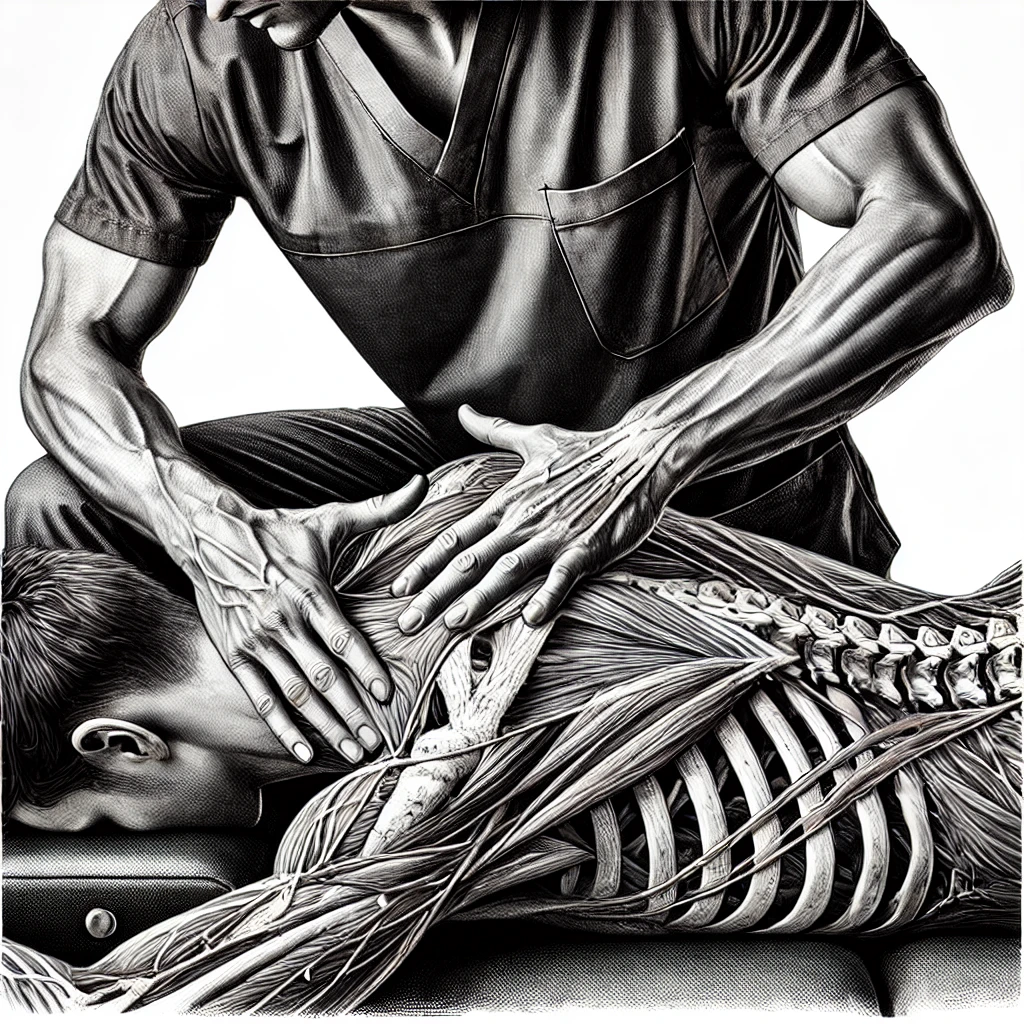CPD Course: Advanced Myofascial Release Techniques

Course Description:
This course is designed to enhance the skills of physiotherapists and chiropractors in myofascial release (MFR) techniques. With a focus on practical applications, this course aims to deepen the practitioner’s understanding of the fascial network and provide hands-on techniques to reduce myofascial restrictions, alleviate pain, and restore mobility. Using an evidence-based approach, the course covers advanced techniques, anatomy of the fascial system, and pain reduction strategies to support patient outcomes.
Learning Objectives:
- Develop an advanced understanding of the anatomy and physiology of the fascial system.
- Identify and assess myofascial restrictions and their role in musculoskeletal pain.
- Master targeted myofascial release techniques to relieve pain and improve functional movement.
- Understand the physiological mechanisms underlying myofascial release and how it contributes to pain modulation.
Course Outline
Module 1: Anatomy and Physiology of the Fascial Network
- Objective: Gain a comprehensive understanding of the fascial system’s anatomy and its role in musculoskeletal function and dysfunction.
- Content:
- The fascia as a continuous connective tissue network that envelops muscles, bones, and organs, providing structural support and transmitting mechanical tension (Stecco et al., 2018).
- The unique properties of fascial tissue, including viscoelasticity, plasticity, and its response to mechanical forces (Schleip et al., 2012).
- Clinical relevance of fascial anatomy in relation to mobility, stability, and movement dysfunctions (Wilke et al., 2016).
Module 2: Understanding Myofascial Pain and Dysfunction
- Objective: Explore the pathophysiology of myofascial pain and identify key indicators of fascial restriction in clinical assessments.
- Content:
- Definition of myofascial pain and its differentiation from other types of musculoskeletal pain (Simons et al., 1999).
- Mechanisms contributing to myofascial pain, including trigger points, ischemia, and inflammation in restricted fascia (Shah et al., 2015).
- Tools and techniques for assessing myofascial restrictions, such as palpation, movement analysis, and visual assessment (Huijing, 2009).
Module 3: Techniques for Advanced Myofascial Release
- Objective: Acquire practical, hands-on skills in advanced myofascial release techniques for pain relief and mobility restoration.
- Content:
- Manual techniques: cross-hands release, sustained pressure, and skin rolling to address fascial adhesions and trigger points (Barnes, 1997).
- Application of instrument-assisted MFR techniques, such as Graston and cupping therapy, and their effect on tissue tension and mobility (Kim et al., 2017).
- Safety considerations and contraindications for MFR, including adjustments based on tissue sensitivity and patient comfort (Ajimsha et al., 2015).
Module 4: Myofascial Release and Pain Reduction
- Objective: Understand the pain-modulating effects of MFR and its role in patient rehabilitation.
- Content:
- Physiological mechanisms through which MFR reduces pain, including the gate control theory and effects on peripheral nociceptors (Chaudhry et al., 2008).
- Research-based evidence on the efficacy of MFR in reducing pain, increasing range of motion, and improving functional outcomes (Schleip et al., 2012).
- Integrating MFR into a holistic treatment plan, combining it with stretching, strengthening, and postural retraining for long-term benefits (Ajimsha et al., 2015).
